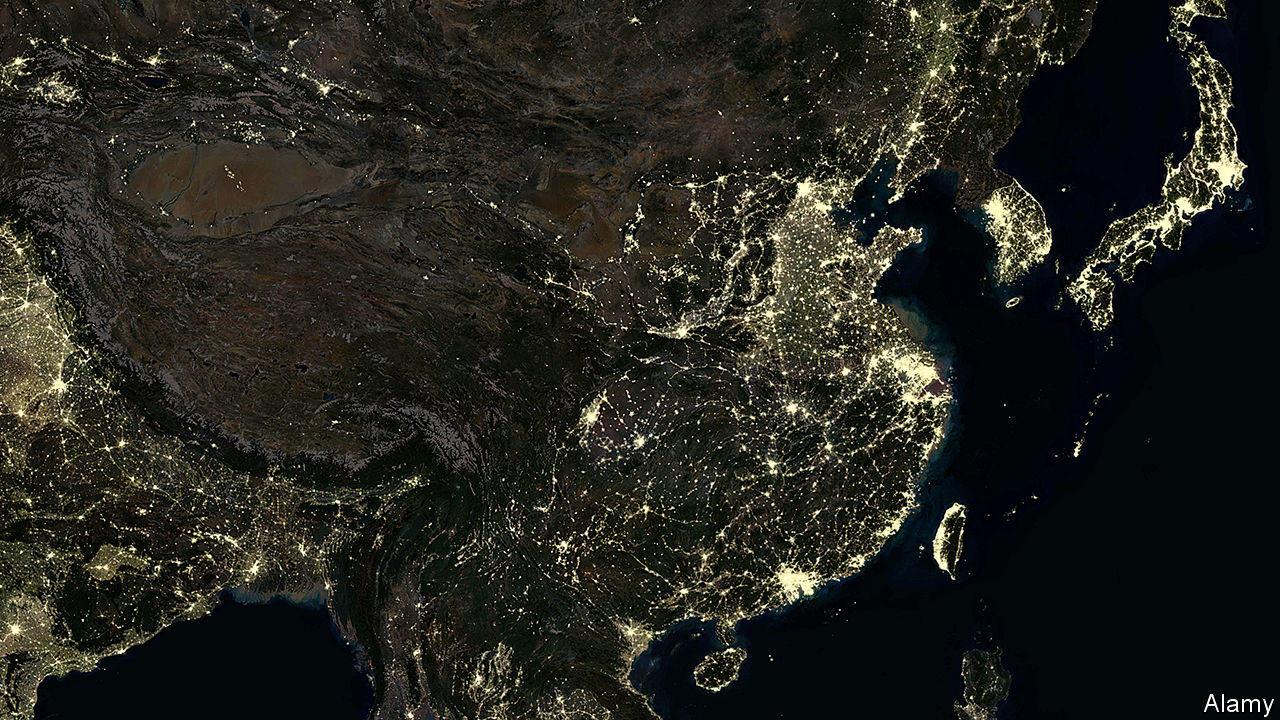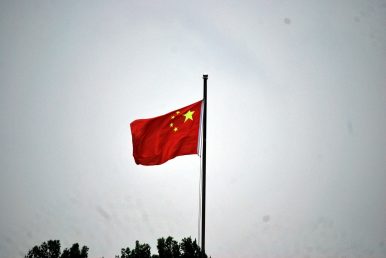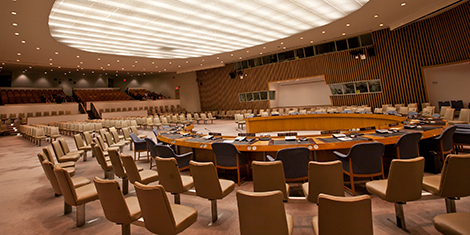In my blog I routinely put lot of important papers every day. For example please see today's blog.
Please view https://strategicstudyindia.blogspot.com/2018/06/stabilizing-sino-indian-security.html . I feel it is a must for China watchers.
Similarly https://strategicstudyindia.blogspot.com/2018/06/contextualizing-cyber-operations.html for Cyber watchers.
Or https://strategicstudyindia.blogspot.com/2018/06/perspective-on-oil.html for people interested in Energy.
However it is the Europeans and the Americans who are reading these. Today's page view by countries is given below.
Pageviews by Countries

Entry Pageviews
United States 3318
Netherlands 2570
Turkey 229
Norway 210
India 172
Italy 158
France 148
Ukraine 138
Germany 83
Portugal 75
I am seriously wondering why should I continue doing this when nobody is willing to support my effort. It takes huge amount of time, energy and money to keep this blog going.
Very soon I will take a call. Kindly don't send me any mail saying : well done, keep it going, great effort etc. I get pissed off.



/arc-anglerfish-arc2-prod-mco.s3.amazonaws.com/public/5CVWRIOOCRCGVEDODSDRIAGA6I.jpg)







/arc-anglerfish-arc2-prod-mco.s3.amazonaws.com/public/O246B7KUZFFSJGWRWAGAIFMBJA.jpg)